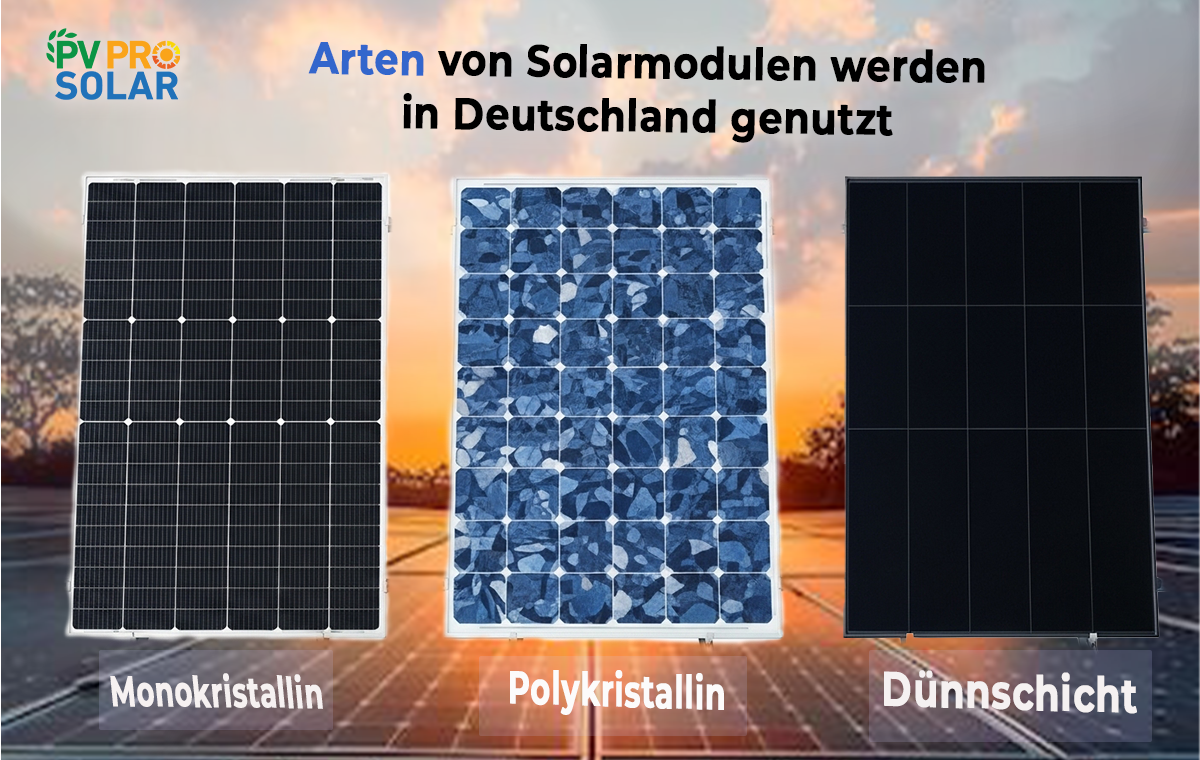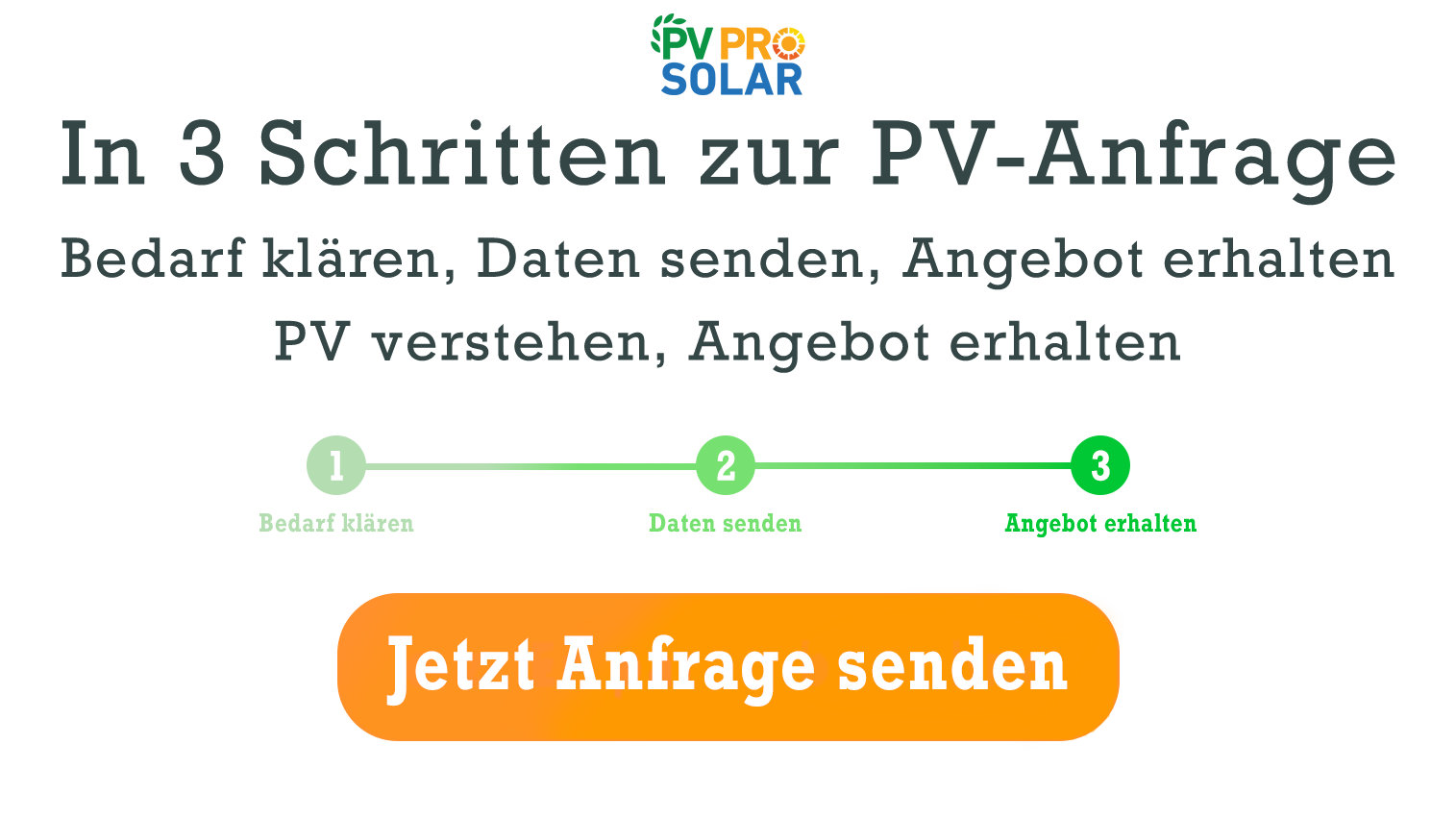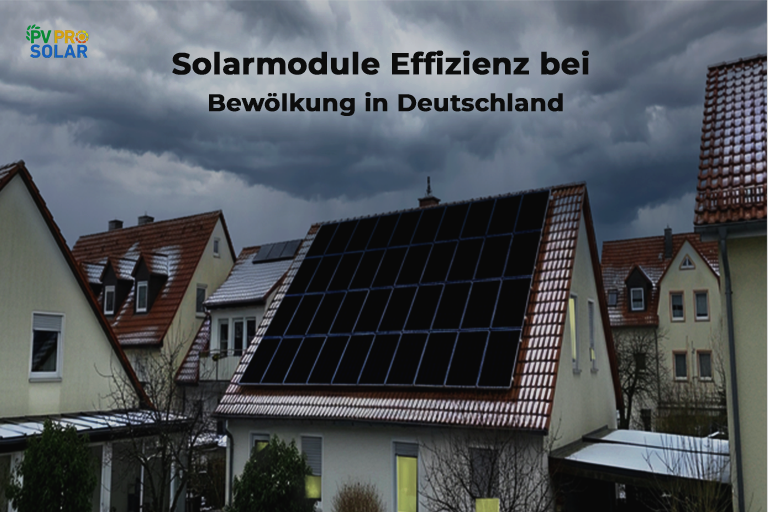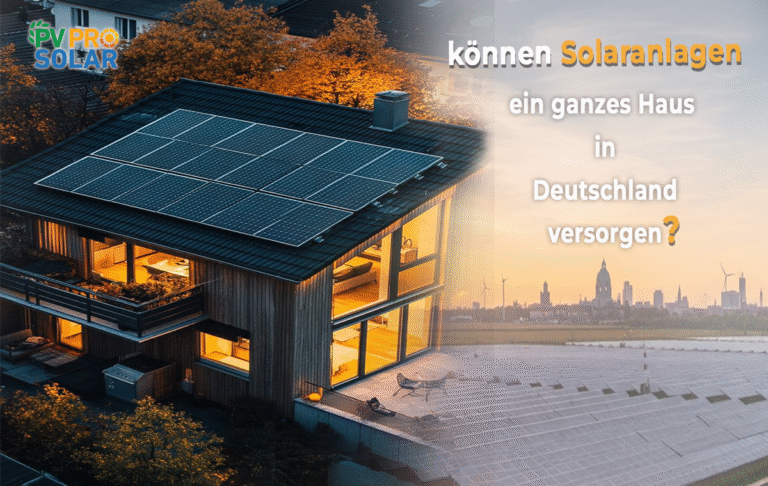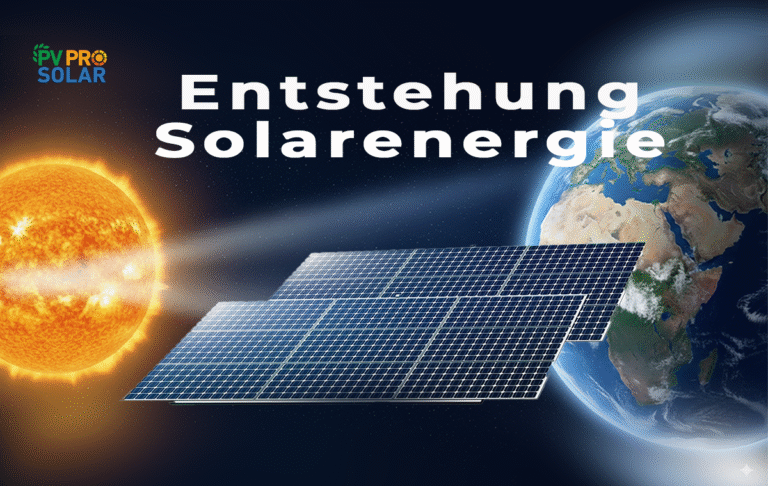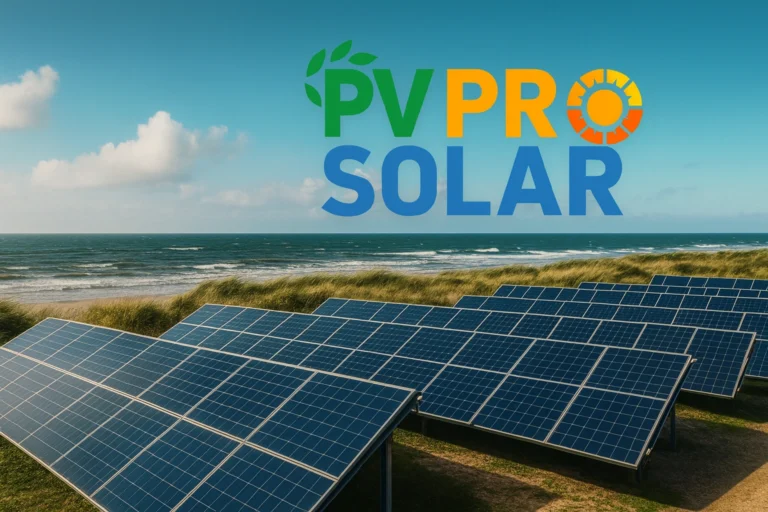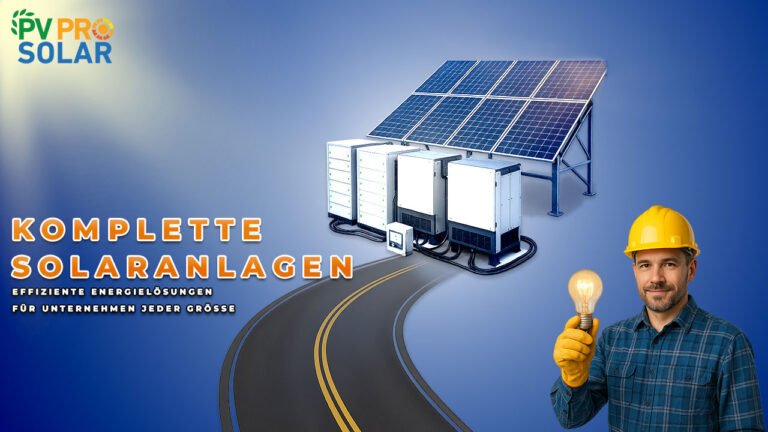What Types of Solar Panels Are Used in Germany?
Germany is one of the global leaders in solar energy adoption. With rising energy prices and growing environmental concerns, households and businesses increasingly turn to photovoltaic technology. However, not all solar panels are the same. Each type offers different efficiency levels, costs, and performance under various conditions. Understanding the available options is essential for making an informed decision. This article explores the main solar panel types used in Germany and their specific advantages.
What Are the Main Types of Solar Panels in Germany?
Germany primarily uses three types of solar panels:
- Monocrystalline solar panels
- Polycrystalline solar panels
- Thin-film solar panels
Each type has a unique structure, price point, and efficiency level, which influences where and how they are installed.
What Are Monocrystalline Solar Panels and Why Are They Popular in Germany?
- Efficiency: 18–23%
- Appearance: Uniform black surface, sleek design
- Space requirement: High power per square meter, ideal for limited roof space
- Lifespan: 25–30 years
- Cost: Higher than other panel types
Monocrystalline panels are widely chosen in German households because of their superior efficiency. Many German rooftops are relatively small, making efficiency per square meter crucial. Despite higher upfront costs, their long lifespan and high output make them cost-effective over time.
When Are Polycrystalline Solar Panels the Better Choice?
- Efficiency: 15–18%
- Appearance: Bluish, crystalline pattern
- Space requirement: Needs more surface area for the same output
- Lifespan: 25 years on average
- Cost: Lower than monocrystalline
Polycrystalline solar panels are often used in suburban or rural areas where larger roof space is available. They strike a balance between performance and affordability. For many German homeowners with sufficient space, they offer a solid return on investment while keeping installation costs manageable.
What Advantages Do Thin-Film Solar Panels Offer?
- Efficiency: 10–13%
- Flexibility: Lightweight and adaptable to non-traditional surfaces
- Lifespan: 15–20 years
- Cost: Cheapest to produce and install
- Performance: Works well under low light or cloudy conditions
Thin-film panels are less common in residential German rooftops because of their lower efficiency. However, they are widely applied in industrial and agricultural buildings where roof space is not a limitation. Their strong performance under diffuse light conditions is valuable in Germany’s northern regions, where cloudy weather is frequent.
How Do the Efficiency Levels of Solar Panels Compare?
- Monocrystalline: 18–23%
- Polycrystalline: 15–18%
- Thin-film: 10–13%
Efficiency directly impacts how much electricity can be generated per square meter. In urban areas with limited roof space, high-efficiency monocrystalline panels are typically the best choice. In rural areas with larger surfaces, lower-efficiency options may still deliver sufficient energy.
How Important Are Costs in Choosing Solar Panels?
Cost plays a major role in Germany’s solar adoption. Although monocrystalline panels are more expensive upfront, they deliver more power per square meter and last longer, making them cost-efficient in the long run. Polycrystalline panels are more budget-friendly, appealing to cost-sensitive households. Thin-film panels are cheapest, but their lower efficiency can limit savings if space is restricted.
How Long Do Solar Panels Last in Germany?
- Monocrystalline: 25–30 years
- Polycrystalline: 25 years
- Thin-film: 15–20 years
Solar panel warranties in Germany often guarantee 80–85% of original performance after 20–25 years. Proper maintenance ensures long-term reliability, making solar a dependable investment for decades.
Which Solar Panels Are Best for Households in Germany?
Most households prefer monocrystalline panels. Reasons include:
- High efficiency for small rooftops
- Attractive black appearance
- Strong long-term performance
Polycrystalline panels are also an option when larger roofs are available, providing a more affordable entry into solar energy.
Which Solar Panels Do Businesses and Industries in Germany Use?
Industries often opt for thin-film panels on large warehouse or factory roofs where cost and weight matter more than maximum efficiency. Agricultural businesses also favor them for barns and large sheds. However, commercial buildings in urban centers often choose monocrystalline panels for high output in limited space.
How Does German Weather Affect Solar Panel Choice?
Germany has moderate sunshine levels compared to southern Europe. Cloudy conditions are frequent, especially in northern regions. Thin-film panels perform better in diffuse light, while monocrystalline and polycrystalline panels deliver consistent performance in sunnier regions. This regional variation influences the choice of panel type.
What Trends Shape the Solar Panel Market in Germany by 2025?
- Growing demand for high-efficiency monocrystalline panels
- Thin-film panels remain relevant for industry and agriculture
- Technological advances improve overall efficiency
- Increased government support and subsidies for households and businesses
Germany aims to meet its renewable energy targets, pushing solar adoption further. By 2025, monocrystalline technology will likely dominate residential installations, while thin-film will expand in large-scale projects.
What Other Factors Should You Consider Before Choosing a Solar Panel?
- Roof orientation and tilt: South-facing roofs maximize yield
- Shading: Trees or nearby buildings can reduce efficiency
- Energy consumption: High demand requires efficient panels
- Budget: Determines whether premium or budget-friendly panels are suitable
- Aesthetics: Important for many homeowners in urban areas
Germany uses three main types of solar panels: monocrystalline, polycrystalline, and thin-film. Monocrystalline panels lead the market due to their high efficiency and space-saving benefits. Polycrystalline panels provide a cost-effective solution where roof space is sufficient. Thin-film panels serve industrial and agricultural applications where low cost and flexibility are more important than peak efficiency. Choosing the right panel depends on your budget, available roof area, and energy needs. With the right investment, German households and businesses can benefit from decades of renewable power.
Monocrystalline solar panels dominate the residential market due to their high efficiency and sleek appearance.
Generally no. They are less efficient and need more space. They are better suited for large industrial and agricultural buildings. Which type of solar panel is most common in Germany?
Are thin-film solar panels suitable for German homes?
